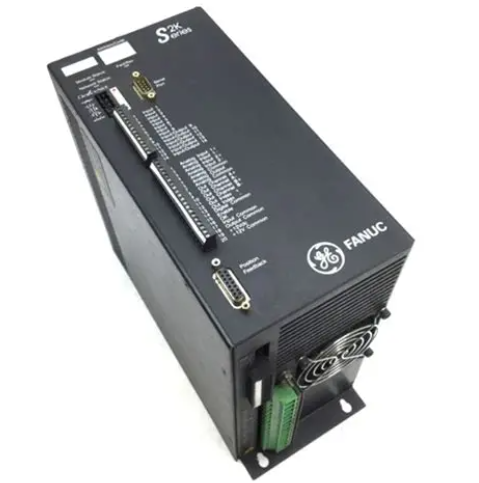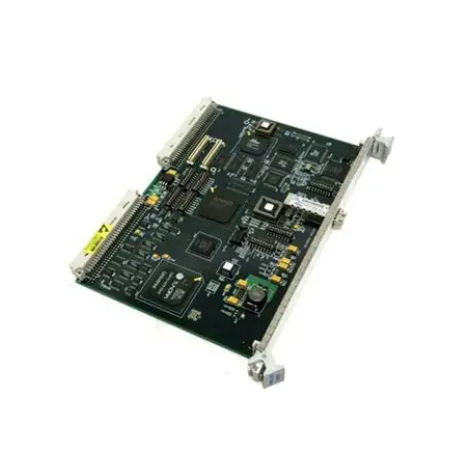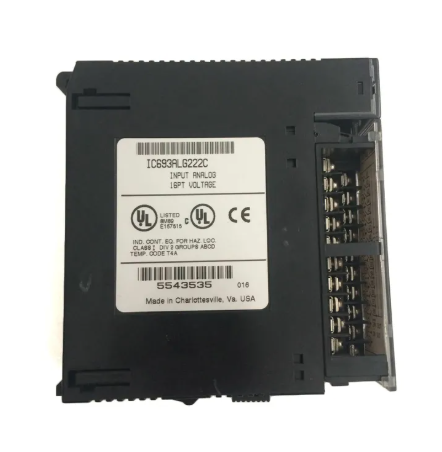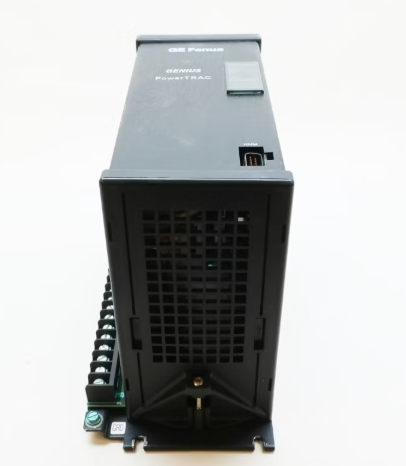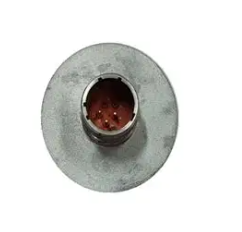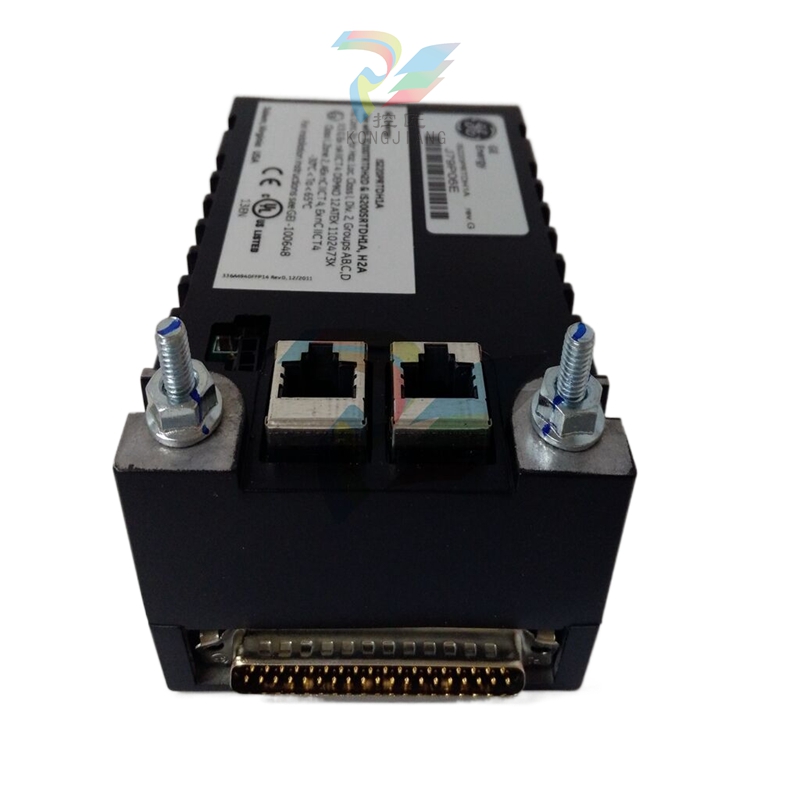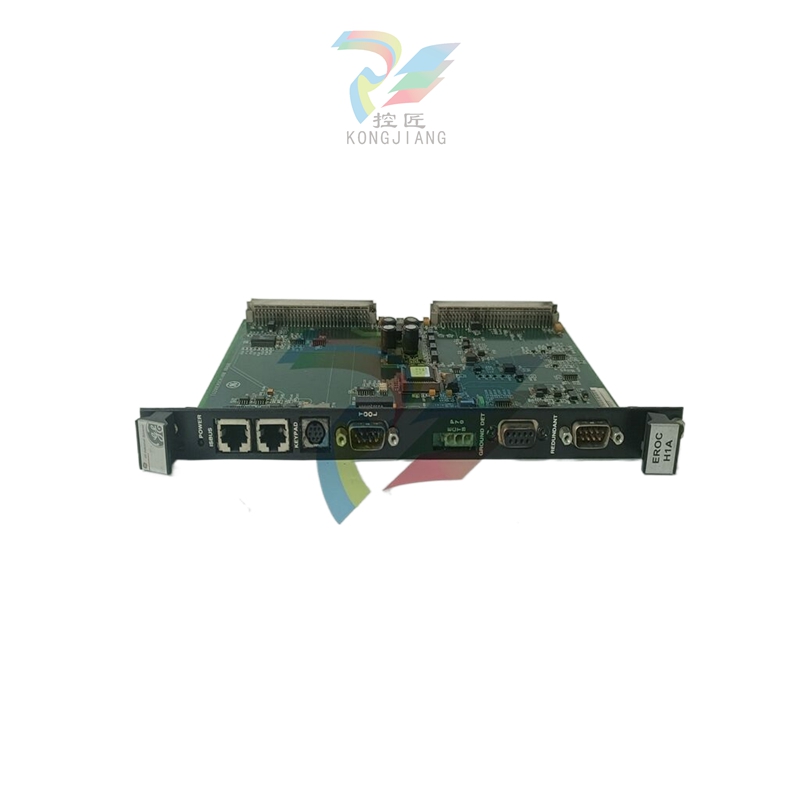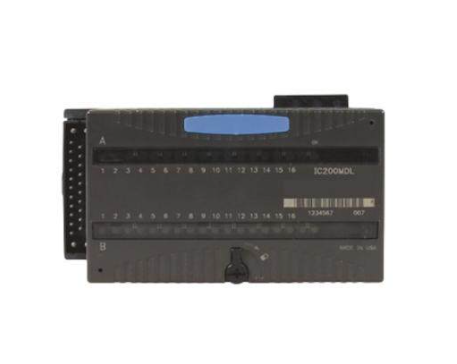Research on Marine carrier equipment technology and industrial development
To do a good job, we must first use its tools, and Marine carrying equipment is the "backbone" of safeguarding Marine security and sovereignty, maintaining the stable development of the Marine economy, and promoting innovative research in Marine science. Under the strategic needs of China to accelerate the construction of a Marine power, a manufacturing power, and a transportation power, it is urgent to accelerate the technological innovation and high-quality industrial development of Marine transport equipment.
Academician Wu Yousheng of the Chinese Academy of Engineering research team wrote an article in the journal of the Chinese Academy of Engineering "China Engineering Science", in view of the future development of China's Marine carrier equipment technology and industry, the development needs of the world's Marine carrier equipment were studied and judged, the current technological status and industrial pattern of the world's Marine carrier equipment were analyzed, and the advanced frontier technologies of the world's Marine carrier equipment were summarized. The paper points out that the key development direction of the Marine carrying equipment field in the near future is the breakthrough key technology in five aspects: polar navigation ship technology, ship intelligent manufacturing technology, ship optimization and energy saving technology. It is proposed to set up intelligent ship engineering, super ecological and environmental protection ship science and technology special, and ship whole life cycle operation and maintenance technology special. In order to provide reference for the competent departments of shipbuilding industry and relevant institutions of "industry-university-research and application" forward-looking layout technology research direction.

I. Introduction
The ocean is a treasure house of strategic resources for the sustainable development of mankind. Since the beginning of the 21st century, the international struggle for maritime rights and interests, characterized by competition for Marine resources, control of Marine space, and seizing the commanding heights of Marine science and technology, has become increasingly fierce. To do a good job, we must first use its tools, and Marine carrying equipment is the "backbone" of safeguarding Marine security and sovereignty, maintaining the stable development of the Marine economy, and promoting innovative research in Marine science. Under the strategic needs of China to accelerate the construction of a Marine power, a manufacturing power, and a transportation power, it is urgent to accelerate the technological innovation and high-quality industrial development of Marine transport equipment.
The technical connotation of ocean carrying equipment includes: the overall technology of various ships and ocean carrying platforms (including design, manufacturing and operation), the power technology of ocean carrying equipment, the supporting equipment technology of ocean carrying equipment, the navigation technology of ocean carrying equipment, etc., and the education and scientific research system involved in ocean carrying equipment technology and industrial pattern.
At present, the research on Marine carrier equipment technology and industrial development is mainly analyzed from the perspective of overall technology and final assembly and construction, and there are few studies on the analysis of key supporting systems and equipment and development suggestions, and the relevant studies are lack of systematical. Therefore, on the basis of visits, research, expert discussions and project research, this paper takes higher education, scientific research, overall technology and assembly construction, information and communication navigation, power and supporting mechanical and electrical equipment in this field as the entry point. To carry out research on the development needs of the world's Marine carrier equipment, the world's Marine carrier equipment technology and industry pattern, the current situation and problems of China's Marine carrier equipment development, and the key development directions and countermeasures in the field of China's Marine carrier equipment.
Second, the development needs of the world's ocean carrying equipment
(1) Market demand
In the context of uncertain global economic growth, the growth rate of global import and export trade shows a downward trend, and the global seaborne trade volume is difficult to increase significantly (see Figure 1). At present, global energy consumption is dominated by traditional energy sources such as oil and natural gas, but the growth rate of demand will gradually slow down. In the absence of extreme conditions, it is difficult for the new demand for Marine transport equipment to return to the peak demand of 2008. From the supply side, after reaching its peak in 2012, Marine carrying equipment production capacity has been in a shrinking adjustment stage affected by the market environment. According to Clarkson database statistics, by 2019, global active production capacity has fallen to about 3.5× 107 modified gross tons (cgt), and it is difficult for major shipbuilding countries to further reduce production capacity in the future. In this context, the market competition among major shipbuilding countries will become more intense.
(2) Demand for Marine scientific research and resource development
The deep sea is a treasure house of science and resources that human beings have not fully understood. The sustainable development of the world society and economy depends on the scientific research and resource exploitation of the ocean. At present, the understanding and exploitation of the deep-sea area with a depth of more than 1000 m, which accounts for 90% of the ocean area, is still in the initial stage. At present, the breakthrough and development of cutting-edge technologies of deep-sea carrier equipment used for deep-sea oil and gas resources development, deep-sea mineral resources development, deep-sea biological resources research and development, which have a significant impact on the Marine environment, Marine science, Marine economy and Marine security situation, has become an important demand point.
(3) The development needs of green and intelligent technologies
In the future, in the process of design, construction, operation and dismantling of Marine carrying equipment, through the application of advanced technology, on the basis of meeting the functional and performance requirements, it is necessary to achieve the goal of reducing resource and energy consumption, reducing or eliminating environmental pollution. At the same time, with the acceleration of the integration of new generation information technology and traditional industries, the intelligence of Marine carrying equipment will become a hot development spot. In the future, smart ships will integrate sensors, big data analysis, communication technology, advanced materials and other technologies to achieve intelligent control of all ship functions and integrated information interconnection of ship, sea, land, air and space in navigation control, energy and power system management, auxiliary engine operation monitoring, safety monitoring, energy saving and environmental protection monitoring, vibration and noise monitoring, cargo management and other aspects. And have the perception ability, evaluation and analysis ability, decision-making ability, learning and growth ability.
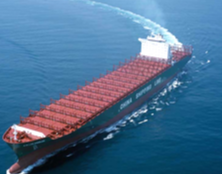
Third, the world's Marine transport equipment technology and industrial structure
(1) The development status of the world's Marine transport equipment industry
1. Higher education of shipbuilding and Marine engineering
Due to the gradual shift of the center of gravity of the shipbuilding and ocean engineering manufacturing industry to Asia, the scale of higher education in the field of shipbuilding and ocean engineering in Europe, the United States and other countries and regions has been greatly reduced compared with the 1980s, and some famous universities have even canceled the department of shipbuilding and ocean engineering or related majors. In spite of this, the higher education sector in Europe, the United States and other countries and regions is still an important pioneering force for new scientific and technological research in shipbuilding and ocean engineering. The teaching and scientific research content is updated quickly, and the close cooperation with international academic and technical standards bodies has made it active and influential in the international arena and market. Our country still has a certain gap in this respect and needs to further improve its influence.
2. Research field of shipbuilding and ocean engineering
Over the past 20 years, although the scale of ship assembly and construction industry in Europe, the United States and other countries and regions has been greatly reduced, and the number of researchers with overall equipment technology has also been reduced, its research results still have an important impact on the development of global Marine transport equipment technology. It mainly relies on technology accumulation and intellectual property foundation, high welfare benefits and flexible research mechanism, traditional market development and service capabilities, and advantages of technical talents in the field of ships; At the same time, it carries out the development and service business of most of the global ship design, evaluation and digital manufacturing software, has the core technology of high-end ships and supporting equipment, and plays a leading role in the international maritime Organization, the International Federation of Classification Societies, the International Organization for Standardization and other international organizations in the Marine equipment and shipping industry. It is worth noting that in some subdivided equipment fields, Europe, the United States and other countries and regions have many small and medium-sized enterprises with a history of more than 100 years, some technologies have a global monopoly position, and scientific research strength can not be underestimated.
3. Overall design and final assembly manufacturing
According to Clarkson database statistics (see Table 1), from 2014 to 2019, among the ships with design information in the world, the share of ships designed by Chinese ship design institutions accounted for about 30% to 35%, Japan accounted for about 20% to 25%, South Korea accounted for about 10% to 20%, and Europe accounted for about 10% to 15%. Specifically, in terms of ship design, Chinese and Japanese ship design institutions focus on the design of bulk carriers, Korean design institutions are more involved in the design of liquefied gas vessels, and European design institutions are focused on the design of luxury cruise ships. From the perspective of technical content, European countries occupy a dominant or monopoly position in the design of high-end ships (such as large cruise ships, ice vessels, deep-sea mining vessels, liquefied natural gas (LNG) carriers, nuclear-powered surface vessels, deep-sea fishing and processing vessels, etc.), and occupy a leading position in the design and development of green and intelligent ships; Japan has advantages in the optimization and weight reduction design of the three main ship types, focusing on the development of new concepts, green and intelligent ship design technology.
The global ship assembly manufacturing market presents a three-way pattern of China, South Korea and Japan. Since the global financial crisis in 2008, China and South Korea have been engaged in fierce competition for the main market share of global ship final assembly manufacturing. Japan has adopted a cautious industrial development strategy, and its global ship final assembly manufacturing market share has increased compared with China and South Korea. In terms of final assembly and construction technology, Japan and South Korea represent the current world advanced level, using the design-evaluation - manufacturing integrated information system, and gradually improve the level of process intelligence; The average production efficiency of ship assembly and construction in Japan and South Korea is more than 2 times higher than that of Chinese shipyards.
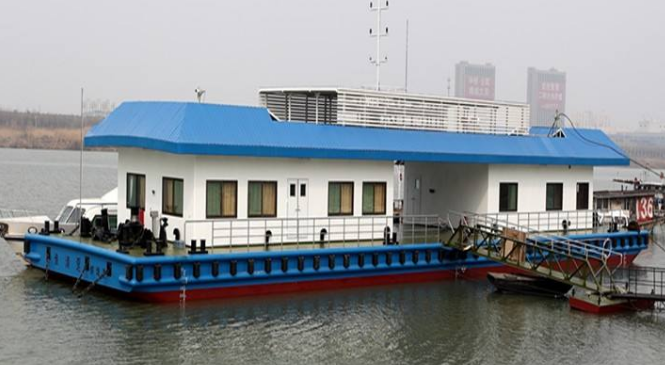
4. Information and communication navigation
The main competition pattern of the world's ship communication and navigation equipment is composed of Europe, the United States and Japan, and the mainstream ocean transport ships are mostly equipped with European and American integrated systems. These ship communication navigation equipment manufacturers have a perfect global service network, monopolizing the global communication navigation product market. At the same time, foreign enterprises attach importance to the integration, standardization and intelligence of data resources of information and communication navigation equipment and its upstream and downstream products.
5. Power and supporting electromechanical field
The world high-end diesel engine market is almost monopolized by developed countries. According to brand share statistics in Clarkson database, German Man Group has more than 80% of the global low-speed diesel engine market share; Wartsila of Finland, Caterpillar of the United States, Hyundai Group of South Korea, Daihatsu Industrial Co., Ltd. of Japan, and Yanma Co., Ltd. of Japan account for more than 90% of the global market share of medium-speed diesel engines. In the field of Marine nuclear power, the United States and Russia are typical representatives, with advanced research and development systems and industrial systems, forming a complete lineage of Marine nuclear power equipment. In terms of Marine special propulsion equipment, foreign countries have also formed high-power, standardized and serialized products to meet the market needs of various types of ships. At the same time, foreign enterprises also occupy a dominant position in the field of ship auxiliary machinery such as deck machinery and cabin machinery.
(2) Advanced cutting-edge technologies for the world's Marine transport equipment
1. Current advanced technology
(1) The application of LNG fuel technology in ocean-going ships
For some time to come, the main alternative fuel for ships is LNG. Natural gas reserves are large, and with the continuous construction of infrastructure, natural gas is becoming more and more available. At present, among the existing LNG fuel ships, ferries and offshore ships account for the majority, and the proportion of container ships, oil tankers and chemical tankers is catching up, such as the international development and design of 20,000 TEU LNG powered container ships has made great progress.
(2) Solar and wind energy technologies for large ships
The shipping industry is exploring the application of renewable energy to power the fleet, and the relevant technologies have entered the trial and testing phase. For example, Dalian Shipbuilding Industry Group Co., Ltd. built the world's first 3.08× 105 DWT ultra-large crude oil vessel equipped with sail equipment for China Merchants Energy Transportation Co., LTD., which has been delivered and put into operation and completed several voyage tasks. The most potential application direction in the future is to reduce fuel consumption as a supplement to existing energy sources.
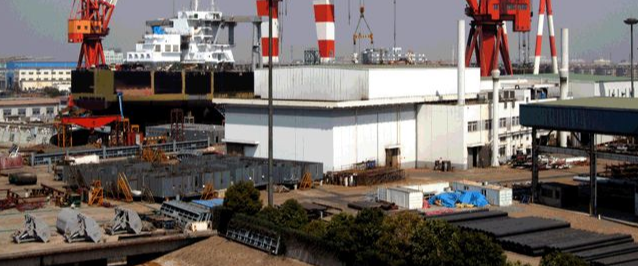
(3) Polar ship technology
With the increasing strategic position of the Arctic region, maritime transport in the Arctic region has attracted widespread attention, and the reduction of ice caused by global warming has also made Arctic navigation more feasible. In addition, the growing tourism and fishing industries in the polar regions have created new demands for polar ships. Polar ship hull structure design, monitoring system, emergency response system, equipment reliability under changing environment are the focus of subsequent research and development.
(4) Ship noise control technology
Ship noise may affect the health of Marine life, crew and passengers. The Ship Noise Levels Code issued by the International Maritime Organization provides a reference standard for the prevention of potentially dangerous noise levels on board ships, and provides a reference standard for an acceptable environment for crew members. In addition, the International Organization for Standardization is promoting the development of international standards for ship noise. At present, the research on ship noise generation mechanism, forecasting method and control method is still a hot spot.
(5) Advanced material technology
Materials are the basis of ocean carrying equipment. Advanced new materials make ocean carrying equipment have better performance. At present, the advanced materials in the field of Marine carrying equipment include: ultra-large container ships high-strength crack stop thick steel plate, Marine low-temperature steel and polar low-temperature materials, Marine structural acoustic composite materials, drag reduction anti-fouling coatings, composite materials and low-temperature materials.
2. Research cutting-edge technology
The cutting-edge technology of Marine carrier equipment research is mainly related to the intelligence of Marine carrier equipment, aiming to promote the intelligence of equipment and promote the safe and efficient development of the shipping industry.
(1) Intelligent ship technology
The field of intelligent ship technology mainly includes: intelligent navigation control technology, intelligent management technology of energy and power system, intelligent monitoring technology of auxiliary engine safety operation, intelligent monitoring technology of whole ship safety, intelligent monitoring technology of energy saving and environmental protection, intelligent monitoring technology of vibration and noise, intelligent cargo management technology, intelligent ship integrated information system technology.
(2) Additive manufacturing technology
Additive manufacturing technology can not only improve the design of mechanical parts, increase their efficiency and longevity, but also allow related spare parts to be produced on site in different ports around the world. This will improve the company's ability to respond to market demand, reduce maintenance time, and help improve the efficiency of ship operations. Additive manufacturing technology has been applied in the field of rapid prototyping and is gradually being integrated into traditional manufacturing industries such as automotive and aircraft manufacturing. The Navy has already begun testing the technology on some ships to assess its potential for spare parts production.
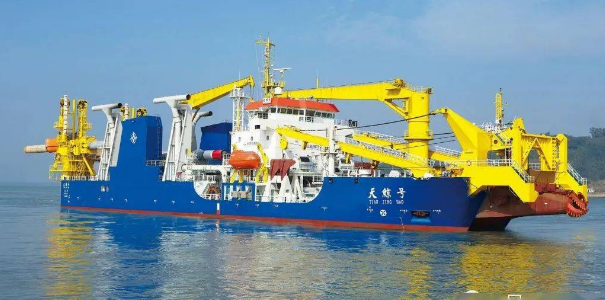
(3) Advanced sensor technology
(4) Advanced communication technology
The integration of fifth-generation mobile communications (5G), wireless Internet access (Wi-Fi), a new generation of satellites and traditional radio communication networks will make the long-distance transmission of Marine information economical and convenient. Managers or users can access audio, high-definition video, three-dimensional (3D) video in real time in the ship's recording equipment, reducing the need for actual on-board investigations.
3. Future disruptive technologies
Hydrogen fuel power technology is a representative of disruptive technology in the world's ocean transport equipment frontier technology. With true zero emissions, the International Energy Agency (IEA) sees hydrogen as a fuel option for meeting the IMO's 2050 carbon reduction targets for the shipping sector. If the hydrogen fuel power technology can be mature and widely used, it is expected to reshape the form of the Marine transport equipment industry, and have a profound impact on the design, final assembly, supporting and service of Marine transport equipment. In recent years, more and more shipyards, energy companies, and power system suppliers have begun to accelerate the research and development of hydrogen fuel-powered ships, and substantial progress has been made. There are already several ship models powered by hydrogen fuel cells, and many more large-scale projects are under development.
- EMERSON
- Honeywell
- CTI
- Rolls-Royce
- General Electric
- Woodward
- Yaskawa
- xYCOM
- Motorola
- Siemens
- Rockwell
- ABB
- B&R
- HIMA
- Construction site
- electricity
- Automobile market
- PLC
- DCS
- Motor drivers
- VSD
- Implications
- cement
- CO2
- CEM
- methane
- Artificial intelligence
- Titanic
- Solar energy
- Hydrogen fuel cell
- Hydrogen and fuel cells
- Hydrogen and oxygen fuel cells
- tyre
- Chemical fiber
- dynamo
- corpuscle
- Pulp and paper
- printing
- fossil
- FANUC
- Food and beverage
- Life science
- Sewage treatment
- Personal care
- electricity
- boats
- infrastructure
- Automobile industry
- metallurgy
- Nuclear power generation
- Geothermal power generation
- Water and wastewater
- Infrastructure construction
- Mine hazard
- steel
- papermaking
- Natural gas industry
- Infrastructure construction
- Power and energy
- Rubber and plastic
- Renewable energy
- pharmacy
- mining
- Plastic industry
- Schneider
- Kongsberg
- NI
- Wind energy
- International petroleum
- International new energy network
- gas
- WATLOW
- ProSoft
- SEW
- wind
- ADVANCED
- Reliance
- YOKOGAWA
- TRICONEX
- FOXBORO
- METSO
- MAN
- Advantest
- ADVANCED
- ALSTOM
- Control Wave
- AB
- AMAT
- STUDER
- KONGSBERG
- MOTOROLA
- DANAHER MOTION
- Bently
- Galil
- EATON
- MOLEX
- Triconex
- DEIF
- B&W
- ZYGO
- Aerotech
- DANFOSS
- KOLLMORGEN
- Beijer
- Endress+Hauser
- MOOG
- KB
- Moxa
- Rexroth
- YAMAHA
- Johnson
- Westinghouse
- WAGO
- TOSHIBA
- TEKTRONIX


Email:wang@kongjiangauto.com

















































































































